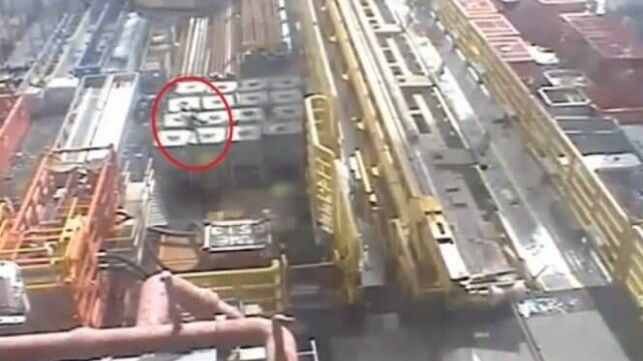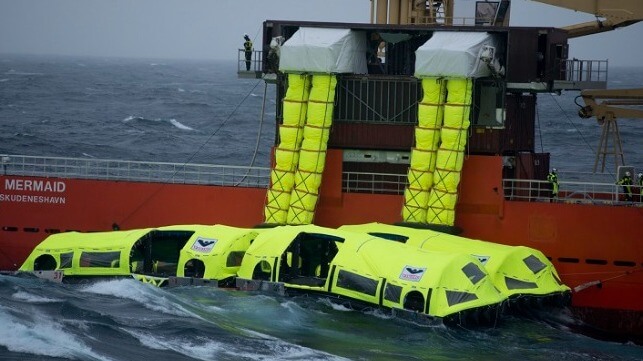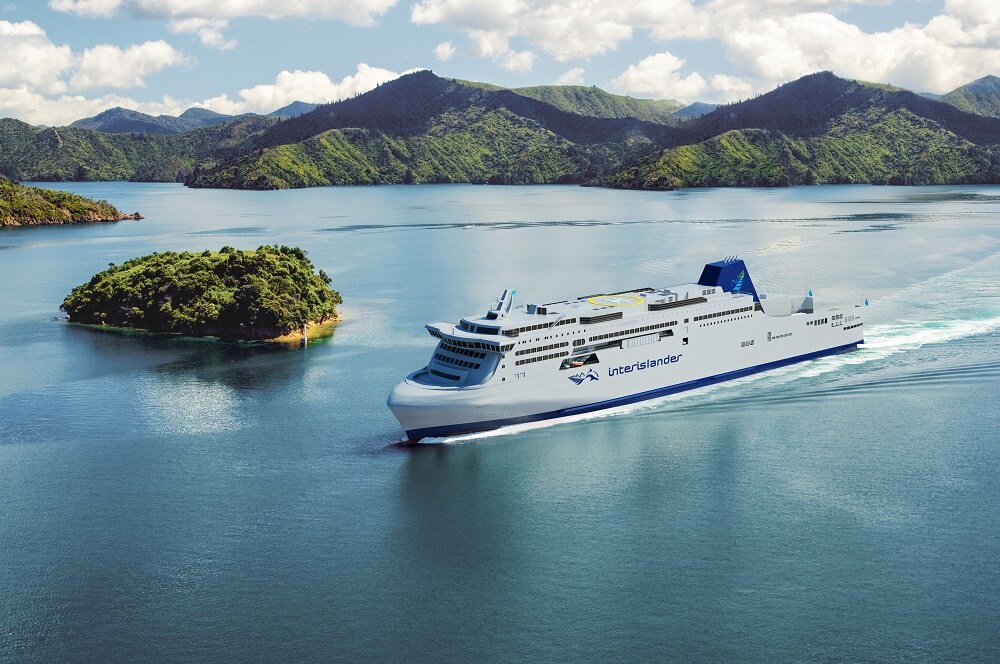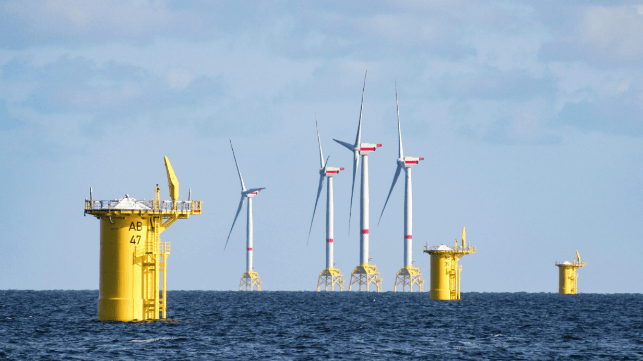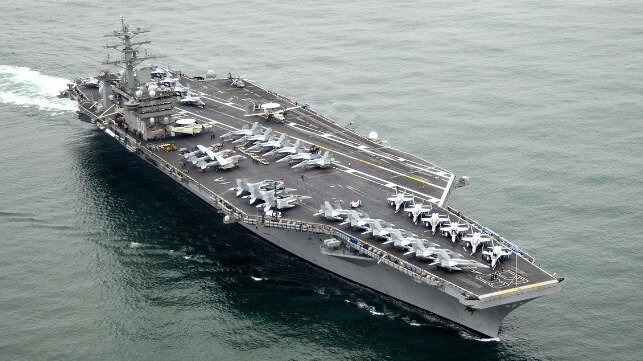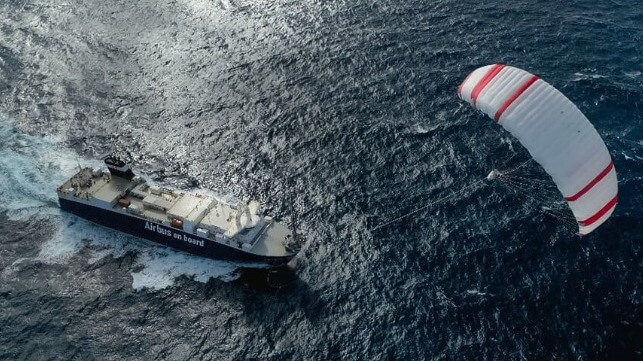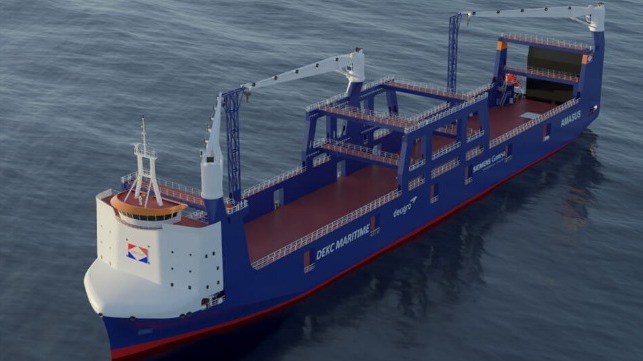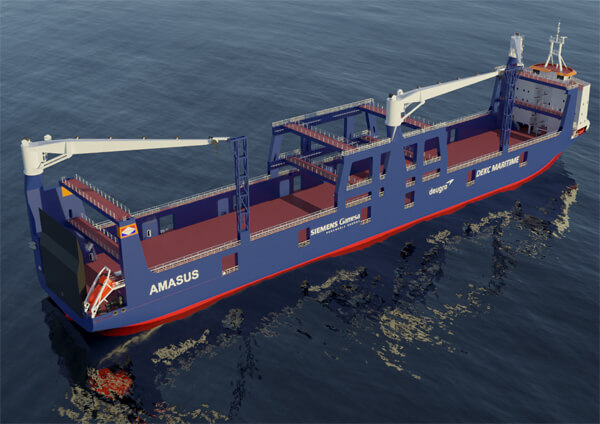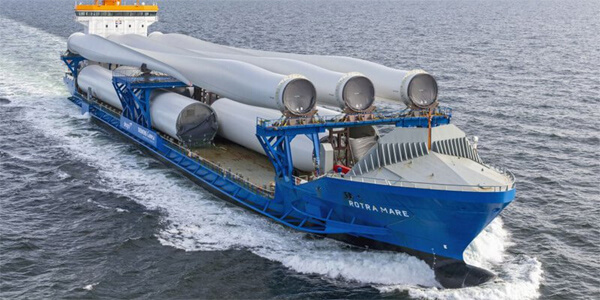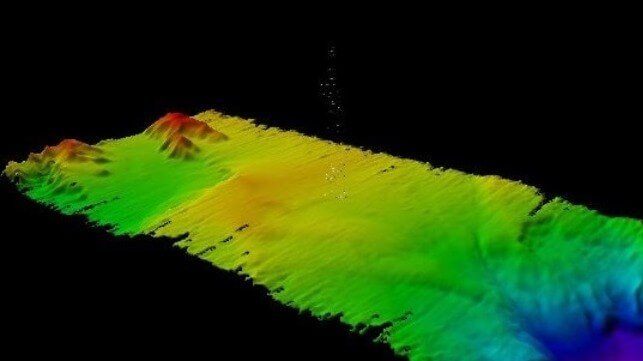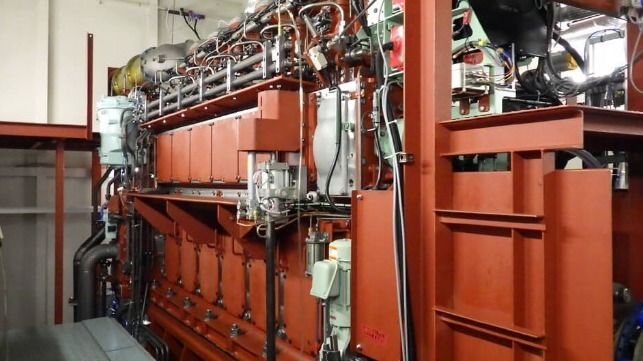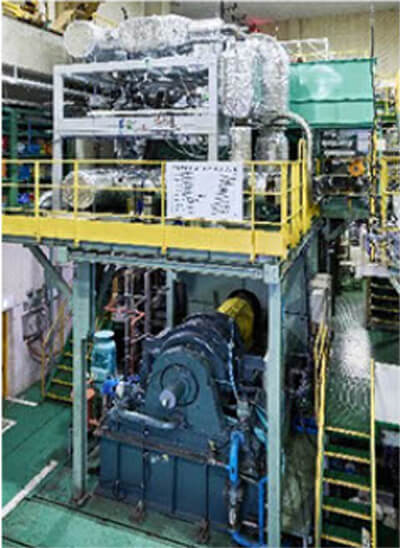The IEA Says Russia Isn’t Cutting Oil Production As Promised
- In February, Russia said that it would cut its oil production by 500,000 bpd, a cut that was called into question when Russian exports climbed.
- The International Energy Agency says that Russia hasn’t cut its oil production by 500,000 bpd and may even be looking to boost output.
- Russian oil export revenues are estimated to have increased by $1.7 billion month-on-month in April but were down by 27% compared to a year ago.
Russia has failed so far to cut its oil production by 500,000 barrels per day (bpd) as promised, and it may even be looking to boost output to compensate for lost revenues, the International Energy Agency (IEA) said on Tuesday.
Russian crude oil and oil product exports continue to prove resilient, with exports hitting in April the highest level since the invasion of Ukraine, at 8.3 million bpd, the IEA said in its closely-watched Oil Market Report.
The record exports contrast with expectations that Russia would lower supply to the market now that it has promised to cut output until the end of the year.
Russia warned in February that it would cut its crude oil production by 500,000 bpd due to EU import bans and price caps on its crude oil and oil products. Initially, Russia said this lowered production would apply to March. But Deputy Prime Minister Alexander Novak announced partway through March that the cuts would be extended until the end of 2023.
“By our estimates, Moscow did not deliver its announced 500 kb/d supply cut in full. Indeed, Russia may be boosting volumes to make up for lost revenue,” the IEA said in Tuesday’s report.
Russian oil export revenues are estimated to have increased by $1.7 billion month-on-month to $15 billion in April, but they were down by 27% compared to a year ago, while tax receipts from the oil and gas sector were down by 64% year-over-year, the agency added.
“Russia seems to have few problems finding willing buyers for its crude and oil products, frequently at the expense of fellow OPEC+ members in the two-tier market that has emerged since the embargoes came into force,” the IEA noted.
Tanker-tracking data monitored by Bloomberg showed on Monday that Russia’s crude oil exports by sea rose in the four weeks to May 12 to a new record-high and are now estimated to have increased by 10% from early April. Crude on vessels departed from Russia’s oil export terminals and en route to international markets hit another record at 3.61 million barrels per day (bpd) in the four weeks to May 12, according to the data reported by Bloomberg’s Julian Lee. That’s the highest volume of Russian seaborne crude oil exports since Bloomberg started detailed tracking of the cargoes at the beginning of 2022.
By Tsvetana Paraskova for Oilprice.com
